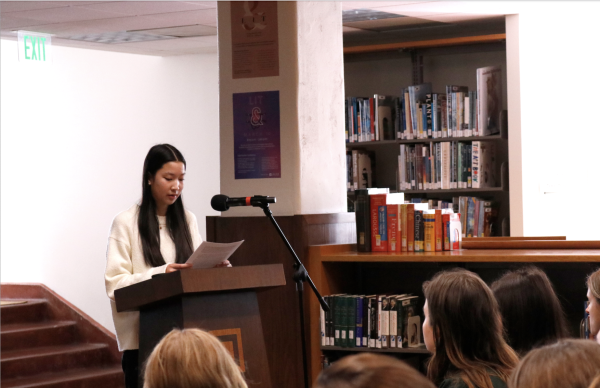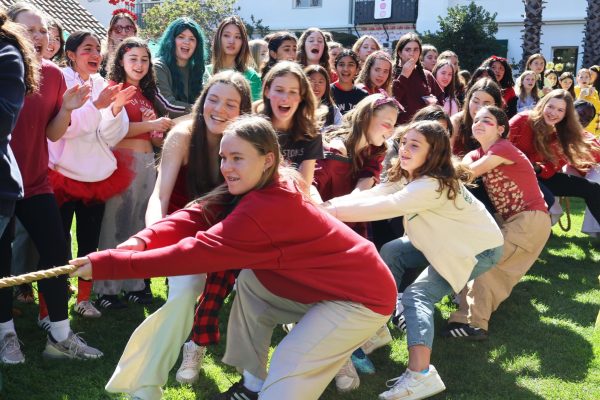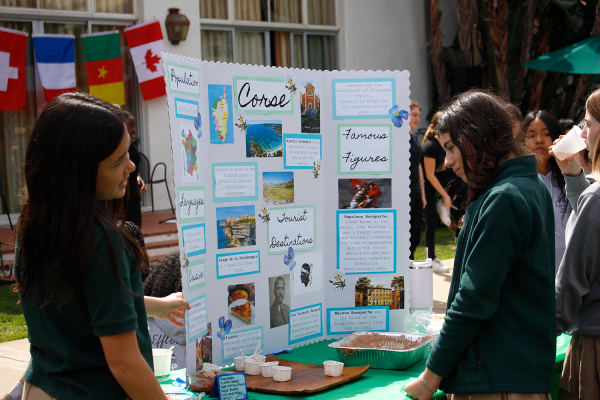Archer hosts ‘Anne Frank: A History for Today,’ student tour guides have ‘impactful’ experience
Photo credit: Alexis David
These panels depict the layout of the annex where Anne Frank and her family hid and the desk where Anne wrote her diary. “I’m a very visual person, so to be able to see the exact locations, in combination with someone talking about their own experience and giving tours, was probably my favorite part,” Sophia Landers (’24) said.
June 2, 2022
From May 9 to May 16, Archer hosted “Anne Frank: A History for Today,” an exhibit in honor of Anne Frank, in the parlor. Archer partnered with the nonprofit Anne Frank LA, the Anne Frank Center at the University of South Carolina and the international Anne Frank House to host this exhibit.
Archer is one of two high schools in the Los Angeles area to present this exhibit. The tours, which were designed for middle and high school students, were led by trained Archer student docents. Student tour guides underwent a 2-day-long training process in preparation, where they learned about Anne Frank’s life during the Holocaust.
Student tour guide Francie Wallack (‘25) went through the training process and described what this experience included. She said they learned about the history of the Holocaust, along with tips on how to be a more welcoming tour guide.
“On the first day, we watched an hour-long video about the history of World War II, and we watched interviews of Holocaust survivors,” Wallack said. “Then we set up the exhibit and practiced giving tours. We finished it out with an activity on body language and how to be welcoming to people when giving a tour.”
All community members had the opportunity to tour the exhibit, some through their classes, as the goal of the student tour guides was to present it to all students. Many classes had student tour guides in them who could lead their classmates through the exhibit. If a class did not have a tour guide, they could request one to lead them through at a designated time. The tours lasted between 30 minutes and an hour.
Student tour guide Sophia Landers (‘24) discussed how the tour guides had to learn how to put their own biases aside during the training process. Landers also commented on how impactful the experience of giving tours was and said it was rewarding to advocate for Holocaust education and educate her peers.
“We did reflection activities about stereotypes and how we could tell Anne Frank’s story with our own connections but without biases,” Landers said. “It was really impactful to see others’ connections with Anne Frank’s story and the Holocaust. It’s an event that needs to be talked about more. Giving the tours felt like I was taking part in my community to do actual advocacy for this event and make a change within Archer. It was also fun to tour peers and teachers as well.”
Student tour guide Lilly Dembo (‘24) is the leader of Archer’s Jewish Student Union. Dembo also commented on the lack of proper Holocaust education and said that the exhibit was especially important due to misinformation surrounding the Holocaust.
It was just incredibly important to bring this issue to Archer and to have discussions about something that is really difficult to talk about… It’s a real issue that still impacts Jews today.
— Sophia Landers ('24)
“At Archer, [the Holocaust] is touched upon, but it’s not really taught until 10th grade history,” Dembo said. “I think it’s so important, especially since Holocaust education is such an important thing, and a lot of people don’t believe that the Holocaust happened.”
Wallack agreed with Dembo that, a lot of the time, there is insufficient Holocaust education that does not explore the nuances of the time. Wallack said she was glad her peers could learn the full story through the exhibit.
“There’s a lot of miscommunication about the Holocaust,” Wallack said. “The Holocaust and World War II aren’t talked about a lot. I think it’s nice that everyone can know the full story and educate themselves so that there’s more awareness around it, and people can really understand how horrific it really was.”
Sophomore Micaela Boxer-Wachler is one student who toured the exhibit. Boxer-Wachler said that Anne Frank’s story was especially impactful because it’s from Frank’s point of view. She also said that Anne Frank’s story has greatly impacted her life as a Jewish woman and made her feel grateful that she has never been through an experience like the Holocaust.
“It was so striking to hear her story, as I had no idea what it was like from her firsthand experience,” Boxer-Wachler said. “Sharing her story to the world had a very large footprint and has impacted my life. I feel so grateful that I’ve never gone through anything like that and hopefully never will.”
On the closing day of the exhibit, Holocaust survivor Mimi Wise came to Archer as a keynote speaker. Wise is a Jewish woman who was forced into hiding in France during the Holocaust. Dembo said hearing from Wise is what she will cherish most from the experience.
“My favorite part was on the last day of the exhibit. We had a Holocaust survivor talk, and I think listening to survivors’ stories is so important and so special,” Dembo said. “The Holocaust happened about 70 years ago, so the generation of Holocaust survivors is a dying generation. We’re so fortunate to hear from them.”





![Freshman Milan Earl and sophomore Lucy Kaplan sit with their grandparents at Archer’s annual Grandparents and Special Friends Day Friday, March 15. The event took place over three 75-minute sessions. “[I hope my grandparents] gain an understanding about what I do, Kaplan said, because I know they ask a lot of questions and can sort of see what I do in school and what the experience is like to be here.](https://archeroracle.org/wp-content/uploads/2024/03/grandparents-day-option-2-1200x800.jpg)













































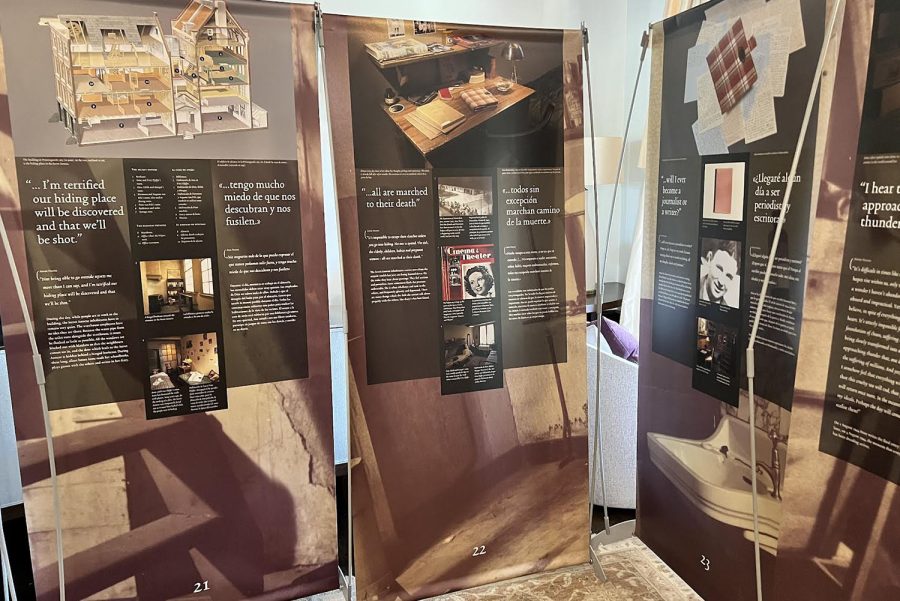
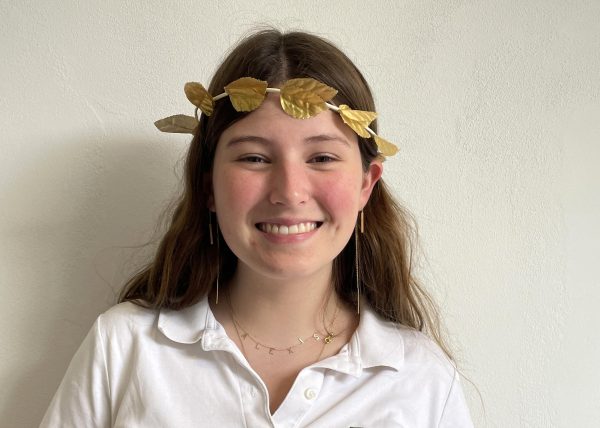

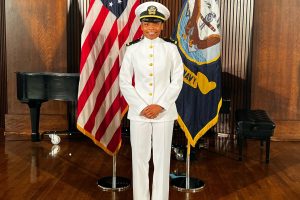






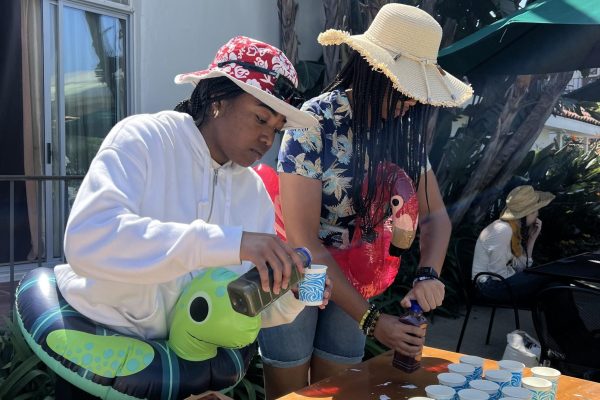
![Freshman Milan Earl and sophomore Lucy Kaplan sit with their grandparents at Archer’s annual Grandparents and Special Friends Day Friday, March 15. The event took place over three 75-minute sessions. “[I hope my grandparents] gain an understanding about what I do, Kaplan said, because I know they ask a lot of questions and can sort of see what I do in school and what the experience is like to be here.](https://archeroracle.org/wp-content/uploads/2024/03/grandparents-day-option-2-600x400.jpg)
